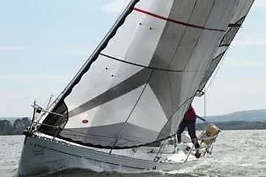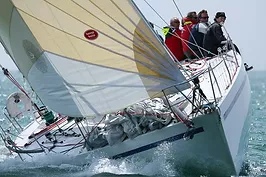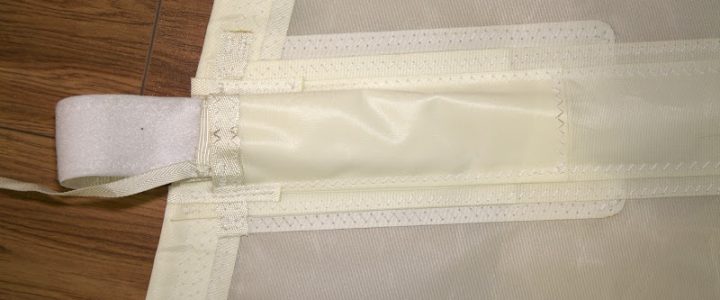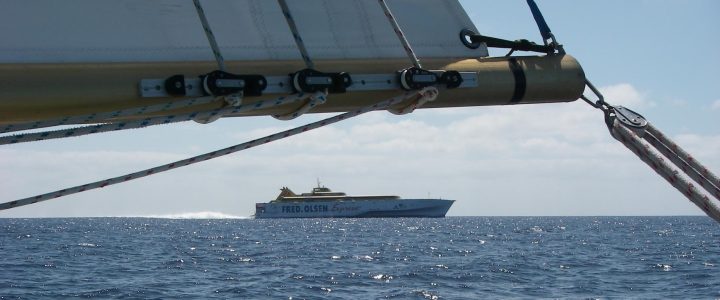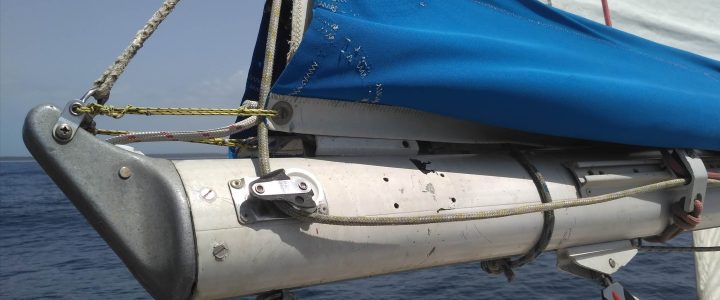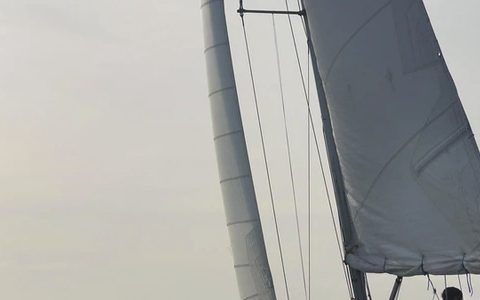Made in the latest ‘State of the Art’ Carbon fibre material GPL. Carbon Fibre is a high modulus synthetic fibre made from carbon atoms. It is largely unaffected by UV but can be very brittle as it becomes more ‘refined’. Typically the stronger the Carbon fibres are, the more brittle the fibre is.
Taffetas – Taffeta’s are a lightweight woven layer, that can be inserted into or added to the outside surface of the laminate. The addition of a taffeta adds considerable strength to the stitching and seam joins and helps avoid the film of the laminate cracking at the hinge points. Internal Taffetas don’t add the chafe resistance in the same way that external taffetas do, but they soak up less water, so they have other advantages.
Above all, Kemp Sail understand how to maximise a sail inventory with a combination of sails that give you the desired level of performance and with a longevity that is understood and that regularly exceeds expectations.

